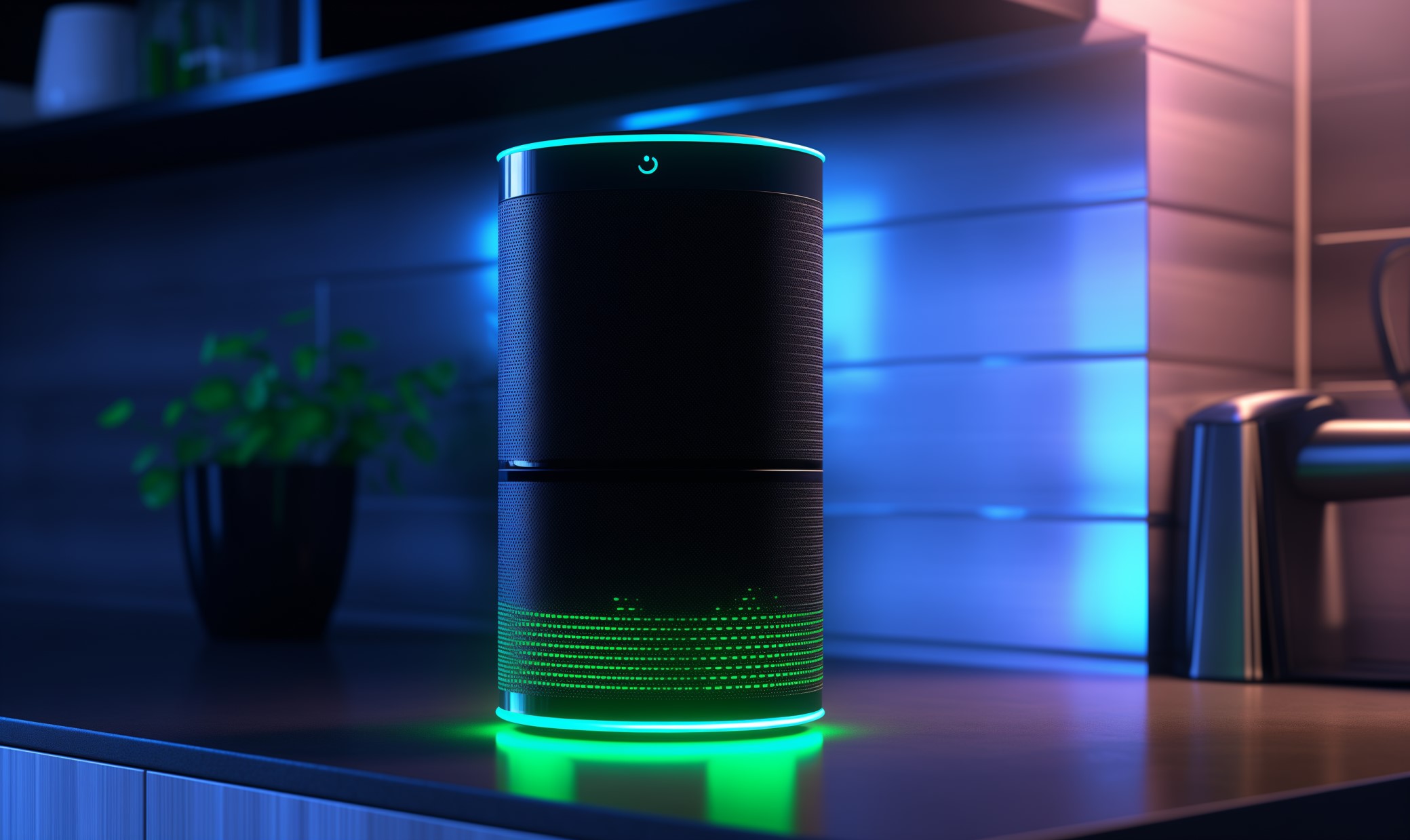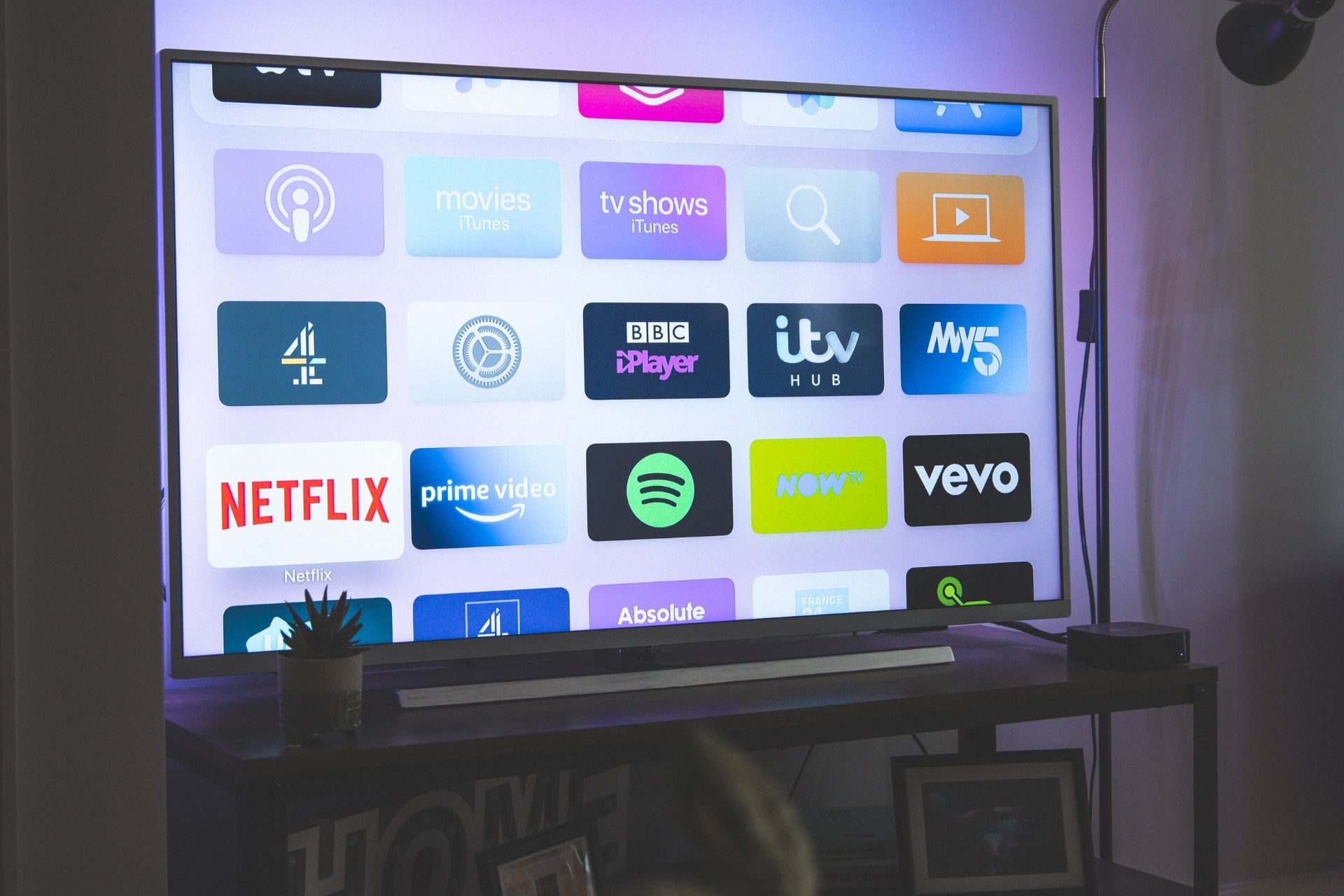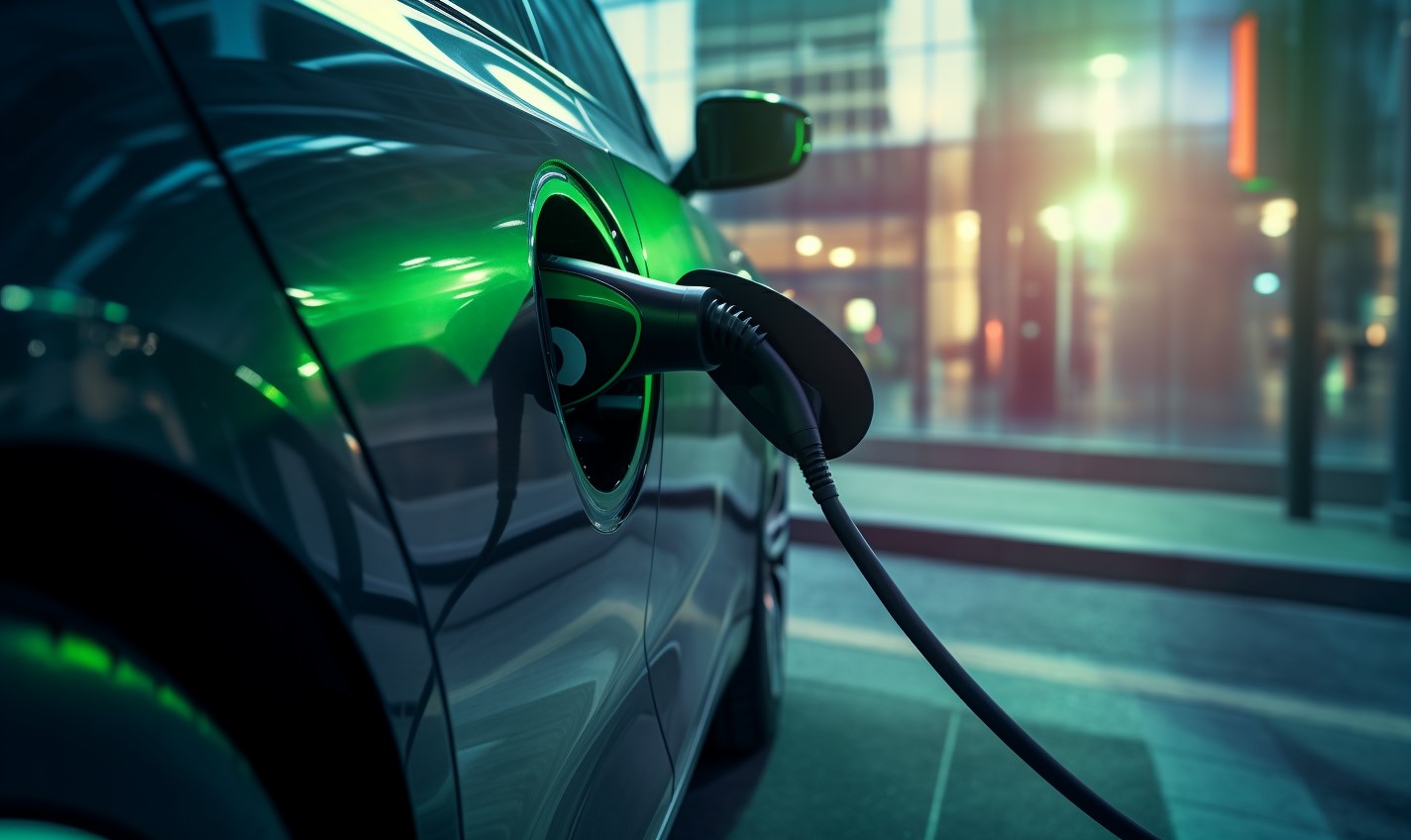Honolulu is taking its first steps into a connected future with an exciting smart city innovation. On Aug. 4, the Hawaii Department of Transportation (HDOT) announced a $6 million connected vehicle project. In partnership with the University of Hawaii, this project will test new transportation technologies on a five-mile stretch of road for four years.
Qualcomm and other tech companies are supplying HDOT with devices for the area’s 34 traffic lights. These gadgets, called vehicle-to-everything (V2X) units, will connect HDOT’s traffic software to any internet-connected device that passes through the intersections. Everything from cellphones to car infotainment systems will form a new traffic network.
With this system, HDOT hopes to test and develop several new transportation services. This data can help it improve the road system, as well as send alerts to passengers’ and pedestrians’ phones. If there’s heavy traffic, a road closure or an accident, the network will warn nearby people.
Over four years, this stretch of road will work like a five-mile testing lab. Data from the project can help researchers develop more advanced transportation technology. If all goes well, it’ll make Hawaii’s roads safer and more convenient.
Smart City Projects Throughout the U.S.
Honolulu isn’t the first city in the U.S. to try out a smart city project like this. The U.S. DOT started a smart city initiative in 2015, asking municipalities to share ideas about building a better, data-driven transportation system. Of the 78 cities that responded, 53 of them suggested using short-range communication to connect vehicles to nearby infrastructure.
The seven finalists from the initiative also proposed more than 1,000 connected streetlights, like in the Honolulu project. Some, like San Francisco and Columbus, Ohio, took this connected infrastructure a step further. These cities used their traffic data networks to develop self-driving public transportation.
San Jose, California, has worked with Intel since 2014 to develop smart city infrastructure. This project doesn’t strictly focus on transportation like Honolulu’s and U.S. DOT’s, but it does cover it. Using a variety of IoT technologies, the city hopes to improve traffic efficiency and environmental impact.
While the Honolulu project uses existing networks, some cities are waiting for stronger 5G connections. Since 5G is faster and can support more devices, it makes the prospect of smart cities more feasible.
Concerns Over Connected Infrastructure
These traffic technologies can lead to some substantial improvements in safety, efficiency and sustainability. Still, some people aren’t too excited about the prospect of an interconnected city. As more aspects of daily life become connected over the internet, it raises some security concerns.
Every transportation method has unique security needs, so an all-encompassing system may not account for all of these. What works for securing data on a bus system may not for protecting the data on drivers’ phones. Gathering all this information in the first place also raises some questions about privacy.
In Honolulu, HDOT collects information from almost any device that passes through a given area. Many people aren’t comfortable with the government accessing their data without their knowledge. Also, what happens if there’s a breach? If states and cities are going to move forward with these projects, they’ll have to ensure they pay attention to security.
Tech Hold the Future of U.S. Transportation and Infrastructure
A connected transportation system may not be the answer to all traffic problems, but it can address many of them. Many future technologies rely on these networks, from self-driving cars to public transport routes that make real-time adjustments. Honolulu’s new project may not promise the future, but it is a step closer.
As new tech like 5G networks and better IoT sensors come out, connected transportation will grow. Hawaii’s $6 million investment in smart city technology isn’t the first of its kind but is part of a promising trend. With more research like this, the cities of tomorrow could be here before you know it.
Recent Stories
Follow Us On
Get the latest tech stories and news in seconds!
Sign up for our newsletter below to receive updates about technology trends














